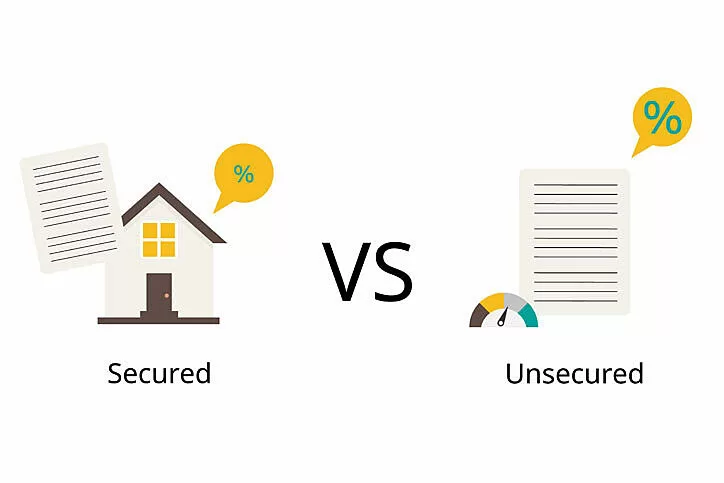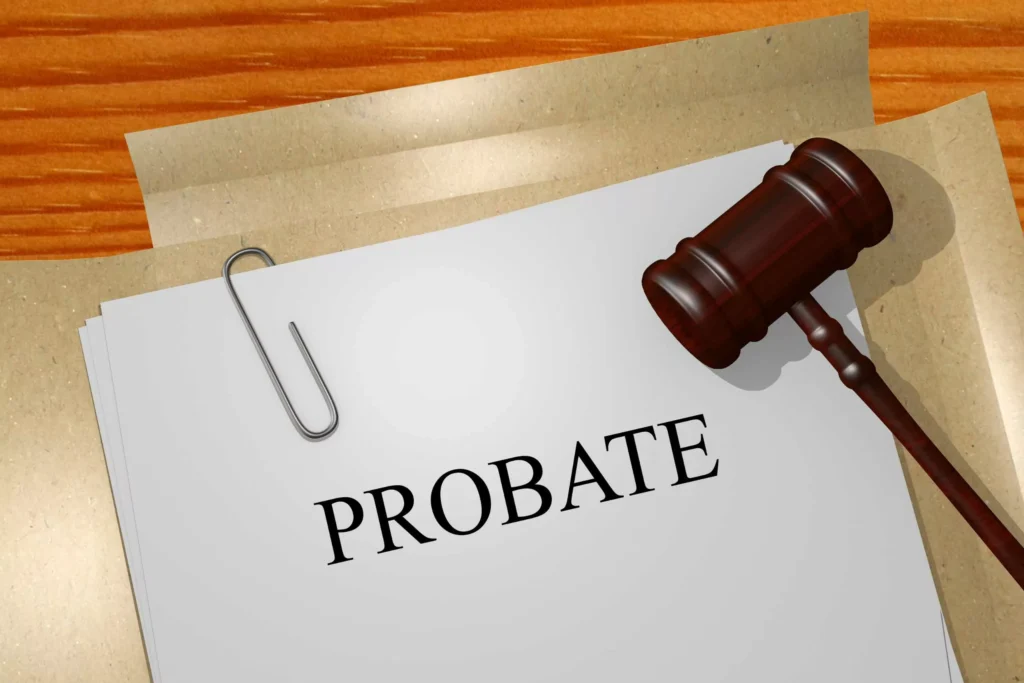If you’re navigating the probate process and wondering how to file a claim in probate court Texas, you’re already ahead of the curve. Whether you’re a creditor, a surviving family member, or just someone trying to recover a debt from a deceased person’s estate, knowing how and when to file a claim is essential. In Texas, the probate system has specific rules—and understanding them can make or break your ability to collect what you’re owed.
The probate world may seem like a maze of legal procedures, deadlines, and paperwork, but filing a claim doesn’t have to feel impossible. This guide will break down the process in plain, approachable language while also explaining the difference between secured and unsecured claims—two categories that can determine whether you get paid in full, in part, or not at all. With real-life stories and practical tips, you’ll walk away knowing how to file effectively and protect your interests.

Why Filing a Probate Claim in Texas Matters
When someone passes away in Texas, their debts don’t disappear. Instead, their estate—the collection of everything they owned and owed—goes through a legal process called probate. During this time, the estate’s assets are used to pay off valid debts before any remaining property is passed to heirs or beneficiaries. If you’re a creditor, knowing how to file a claim in probate court Texas is your legal pathway to recovering money owed.
Failing to file correctly—or on time—can result in your claim being denied. That means even if the deceased owed you money, the estate isn’t legally required to pay you. Filing gives you standing in theprobate process and ensures the executor (or court-appointed administrator) knows to set aside funds for your claim.
Who Can File a Claim in Probate Court?
Anyone with a financial interest in the deceased person’s estate may be eligible to file a claim. This includes:
- Credit card companies
- Medical providers
- Mortgage holders
- Business partners
- Individuals who loaned money
- Family members owed reimbursement
If you provided goods or services, loaned money, or have a judgment against the decedent, you likely have a right to file. However, you must follow the Texas Estates Code procedures carefully.
Real-Life Scenario: When a Family Business Took Action
After Paul passed away, he left behind a house, a car, and an unpaid $15,000 loan from his brother, Jason. The loan was for a business they had once tried to launch together. Jason didn’t know the probate process and assumed the executor would “do the right thing.” Months passed, and the estate assets were distributed. Jason never got paid.
Had Jason known how to file a claim in probate court Texas, he could have submitted a sworn statement and supporting documents to the court. That action would have put his debt on the record—and likely guaranteed some or all repayment.
Step-by-Step: How to File a Claim in Probate Court Texas
Filing a probate claim in Texas involves several steps, and doing them properly can make the difference between being repaid or being ignored. Here’s the process:
Step 1: Determine if the Estate Is in Probate
First, confirm that the estate has actually entered probate. You can contact the county clerk’s office in the county where the decedent resided. If no probate has been filed, you won’t be able to submit a claim until that happens.
Step 2: Identify the Type of Claim
This is a critical part of the process. Are you filing a secured or unsecured claim? The answer affects both how your claim is treated and whether you get paid.
We’ll go deeper into this shortly.
Step 3: Obtain the Right Forms
Each Texas county may have slight variations in required documents, but generally, you’ll need:
- A sworn creditor’s claim form
- An affidavit supporting the amount owed
- Documentation (invoices, contracts, loan agreements, etc.)

You can usually find these on the county probate court website or request them in person.
Step 4: Submit Your Claim
Once you’ve completed your paperwork, file the claim with the probate clerk’s office handling the estate. If an executor or administrator has been appointed, you must also send a copy to them via certified mail.
Step 5: Monitor for Acceptance or Rejection
After filing, the executor must review your claim and either accept or reject it. If accepted, you’ll be paid according to the estate’s asset availability and the claim’s priority level. If rejected, you may have to file a lawsuit to prove your claim’s validity.
Understanding Secured vs. Unsecured Claims in Probate
When learning how to file a claim in probate court Texas, one of the most misunderstood—but vital—concepts is the distinction between secured and unsecured claims. Let’s clear that up.
What Is a Secured Claim?
A secured claim is backed by collateral—property or assets that secure the debt. Common examples include mortgages and car loans. If the debtor fails to pay, the creditor has the legal right to take the property securing the debt.
In probate, a secured creditor often has more power. If the estate doesn’t pay the debt, the creditor can foreclose on the collateral—regardless of what the will says.
What Is an Unsecured Claim?
An unsecured claim has no collateral backing it. This includes credit card debt, personal loans, and medical bills. These claims are paid from whatever liquid assets remain in the estate—after secured debts andadministrative costs.
Unsecured creditors are at the mercy of the estate’s solvency. If the estate doesn’t have enough money, they may receive only a fraction of what they’re owed—or nothing at all.
Real-Life Comparison: Two Different Outcomes
Mary filed a claim for her $6,000 personal loan to her late friend, Lisa. The estate was thin—mostly just a checking account with $3,000. Meanwhile, a bank had a secured mortgage on Lisa’s home. The mortgage got paid. Mary, an unsecured creditor, got only $400.
In contrast, Dan filed a secured claim for a $20,000 vehicle loan. When the estate couldn’t pay, Dan reclaimed the car and sold it, recovering most of what he was owed.
Claim Priority in Texas Probate Court
Even when you know how to file a claim in probate court Texas, you must also understand where your claim stands in line. Texas law establishes a strict order of priority:
- Funeral expenses and administrative costs
- Expenses of last illness (final medical bills)
- Secured debts
- Child support arrears
- Taxes and government debts
- Unsecured debts
- All other claims
If the estate runs out of money before reaching your place in the line, you might receive little or nothing. That’s why filing early and accurately is so important.
Time Limits: Don’t Miss Your Window
Another crucial element when figuring out how to file a claim in probate court Texas is understanding the deadline. Creditors typically have four months from the date they receive notice of the estate administration to file their claims.
Failing to meet this deadline could permanently bar your claim—even if it’s otherwise valid. And keep in mind, if no notice is sent to you directly, Texas law still limits your time to within one year from the date probate opened.
Pro Tip: Don’t Wait for Formal Notification
If you know someone passed away and suspect they owed you money, check with the county clerk to see if probate has been initiated. You don’t have to wait for an official notice to file.
Should You Hire an Attorney?
Technically, you’re not required to have a lawyer to file a claim. However, probate law can be tricky, especially when dealing with high-value estates, contested wills, or rejected claims. If your claim is substantial—or if the executor seems uncooperative—it’s wise to speak with a probate attorney.
A legal professional can help:
- Draft your creditor affidavit
- File your claim correctly and on time
- Respond to a rejected claim
- Represent you in court if needed

Especially when dealing with secured debts or multi-heir disputes, legal counsel can save time and protect your financial interest.
What Happens After a Claim Is Filed?
Once you’ve filed your claim inprobate court and sent a copy to the executor, several things may happen:
- Acceptance – Your claim is approved, and payment is scheduled.
- Rejection – You’ll receive formal notice, and you may need to take legal action.
- Partial Payment – If the estate has limited funds, you might receive only part of what you’re owed.
- Inaction – If the executor ignores your claim, you can request a court hearing.
It’s important to stay on top of your claim status and follow up regularly with the court or the estate’s attorney.
Common Mistakes When Filing Probate Claims in Texas
Even people who understand how to file a claim in probate court Texas make errors. Avoid these common mistakes:
- Filing with the wrong court – You must file in the county where probate was opened.
- Not providing documentation – Claims must include proof, not just assertions.
- Missing deadlines – As mentioned, late claims are usually barred.
- Failing to notify the executor – Sending a copy to the estate’s representative is legally required.
- Confusing secured and unsecured status – Misclassifying your claim can cause delays or even rejection.

Final Thoughts: Filing Probate Claims with Confidence
If you’re trying to figure out how to file a claim in probate court Texas, remember that knowledge is your greatest asset. From understanding deadlines and required documents to knowing the difference between secured and unsecured claims, every detail counts.
Filing a probate claim is about more than just chasing a debt—it’s about asserting your legal right within a system that favors those who are informed and proactive. Whether you’re seeking repayment for a loan, recovering business debts, or standing up for a family member’s estate, getting the process right can make all the difference.
So take the time, gather your paperwork, and don’t be afraid to ask for legal guidance when needed. Your claim deserves a fair hearing—and with the right approach, that’s exactly what it will get.








